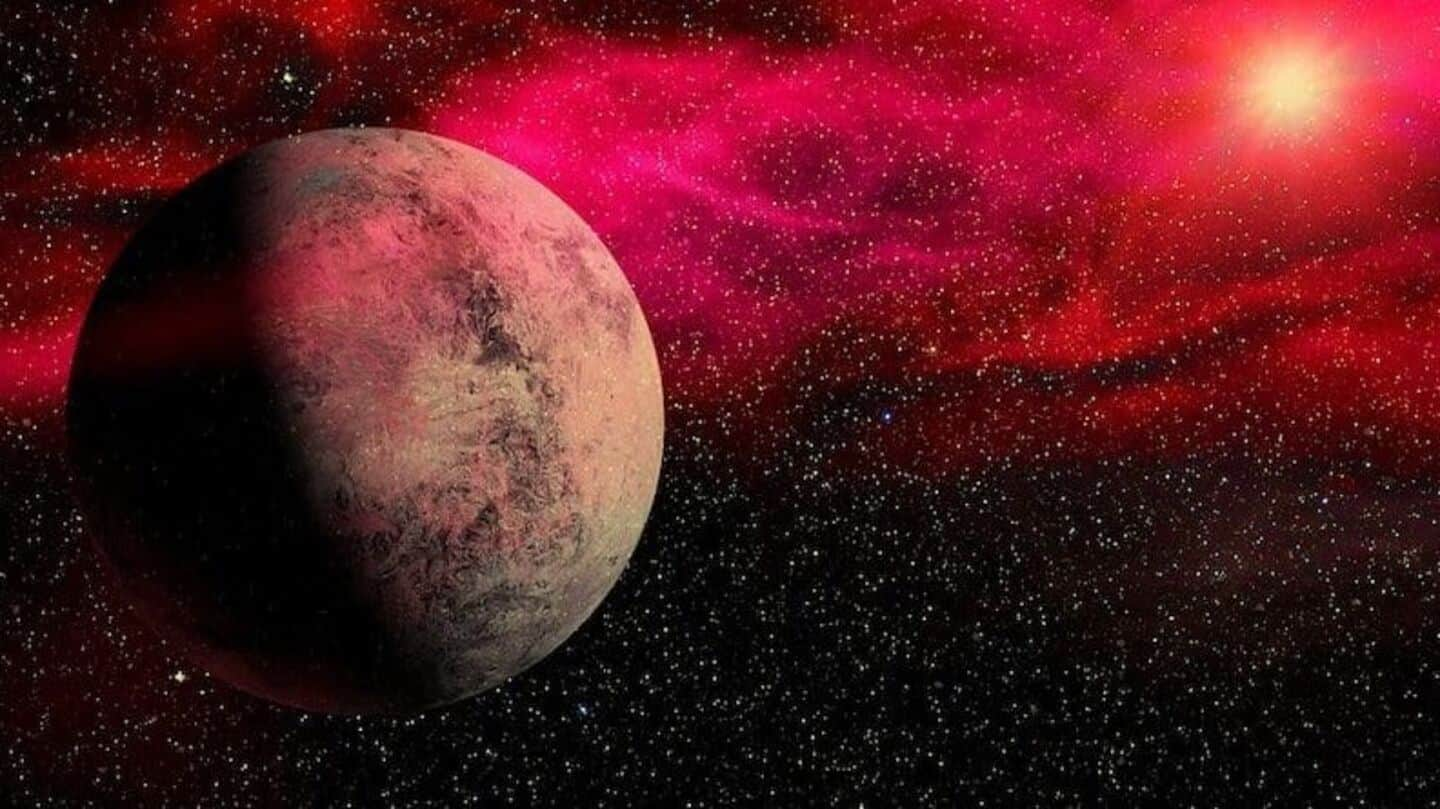
This is where potentially habitable worlds may be found
What's the story
A new study by astronomers from Heidelberg University has revealed that Earth-like planets are quite common around low-mass stars. The findings were based on data collected during the CARMENES project and could significantly aid in the search for possibly habitable worlds in our cosmic neighborhood. The research was published in the journal Astronomy & Astrophysics.
Research method
CARMENES project and its significance
The CARMENES spectrograph system at the Calar Alto Observatory in Spain was developed by Heidelberg University. It helps astronomers detect exoplanets orbiting M-dwarfs, stars with less than one-10th to half the mass of our Sun. These stars are the most common in our galaxy and exhibit small periodic movements due to the gravitational pull of orbiting planets, indicating potential undiscovered worlds.
Findings
Four new exoplanets discovered in this study
For their study, the researchers selected 15 stars from a catalog of dwarfs in the CARMENES program and analyzed their radial velocity data. They discovered four new planets based on this data; one is 14 times more massive than Earth and takes about 3.3 years to orbit its host star. The other three have masses between 1.03 and 1.52 times that of Earth with orbital periods ranging from 1.43 to 5.45 days.
Planetary distribution
Stars with less than 0.16 solar masses have 2 planets
Statistical analyzes show that stars with less than 0.16 solar masses typically have about two planets with less than three Earth masses. "It is quite remarkable how often small planets occur around very low-mass stars," said Dr. Adrian Kaminski, the study lead from the Konigstuhl Observatory at Heidelberg University. This suggests that low-mass stars tend to form smaller planets in close orbits, making them potential candidates for habitable worlds.
Life potential
Why M-dwarfs are considered good candidates for habitability
M-dwarfs are very common and emit their energy steadily into space over billions of years, providing stable environments for the development of life. "Small, rocky planets in the so-called habitable zone—the area around a star where water could exist in liquid form—are potential candidates for habitable worlds," said Professor Dr. Andreas Quirrenbach, Director of the Konigstuhl Observatory and an expert in exoplanet search.